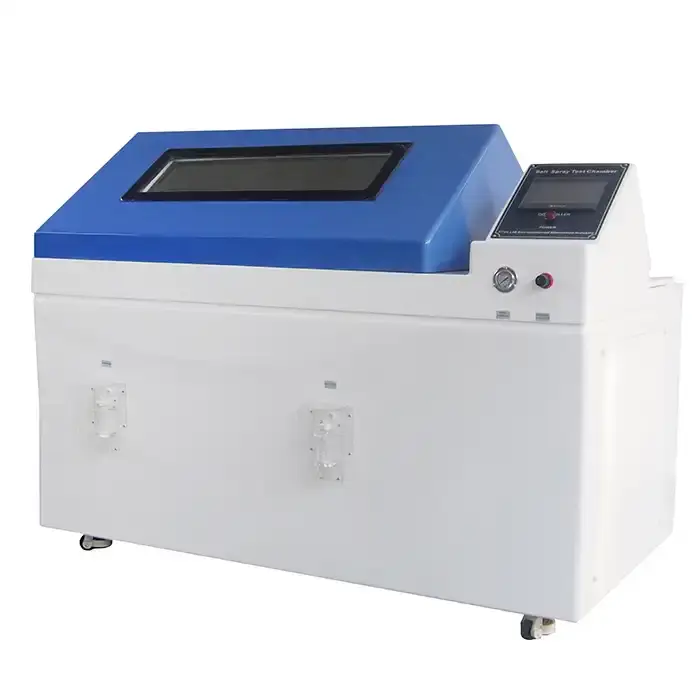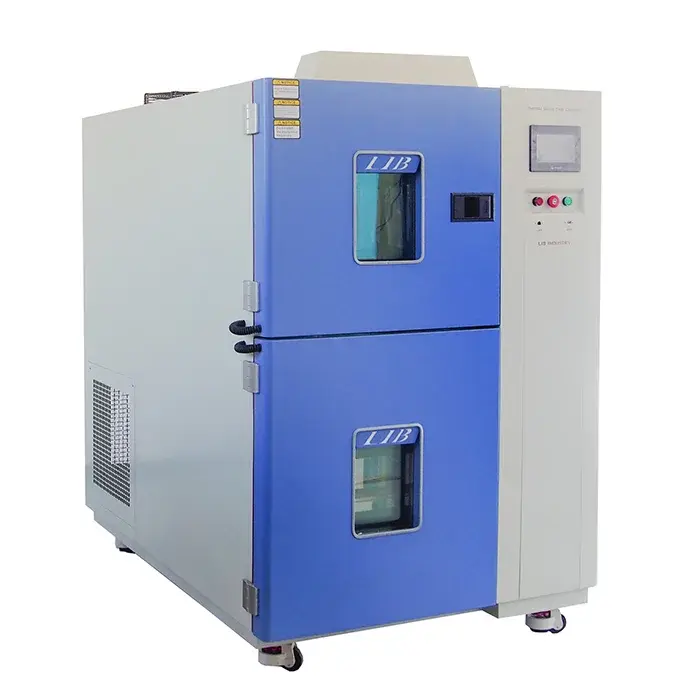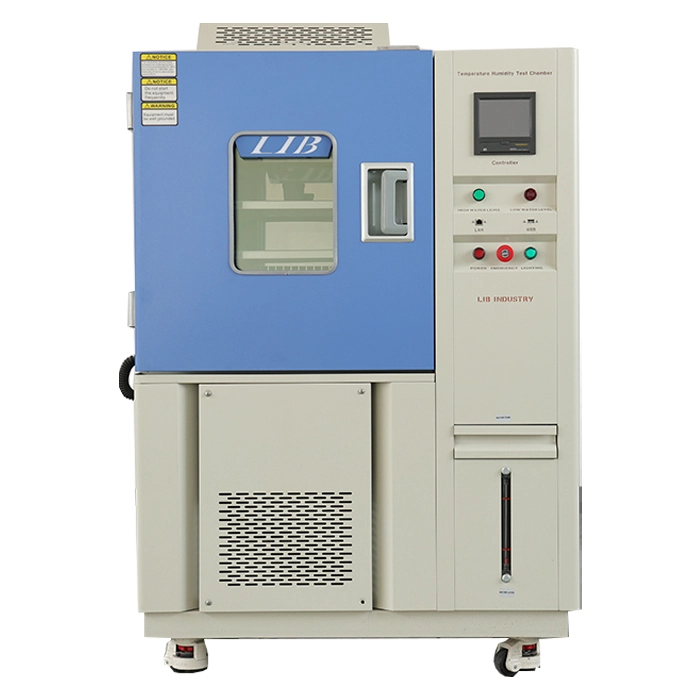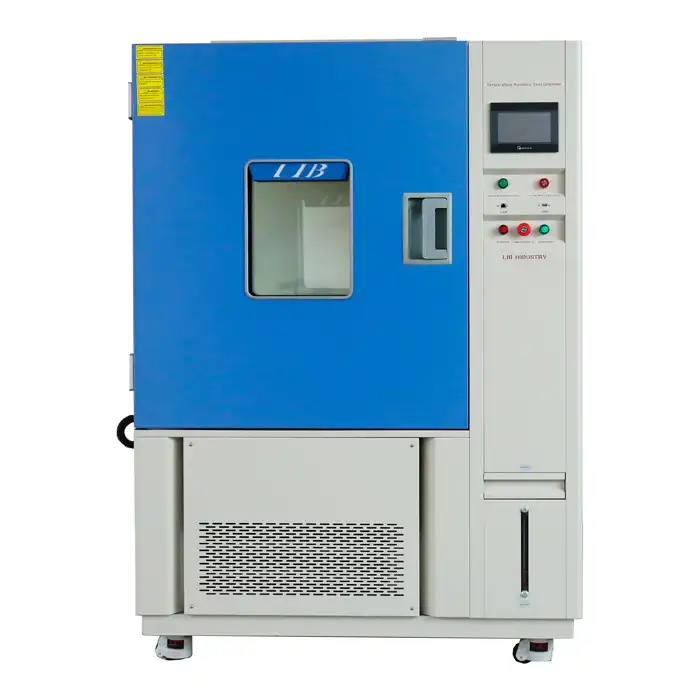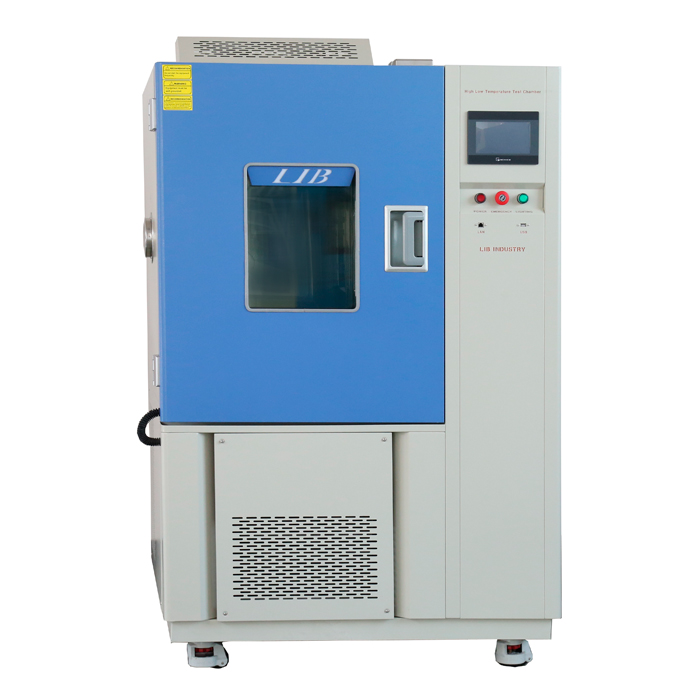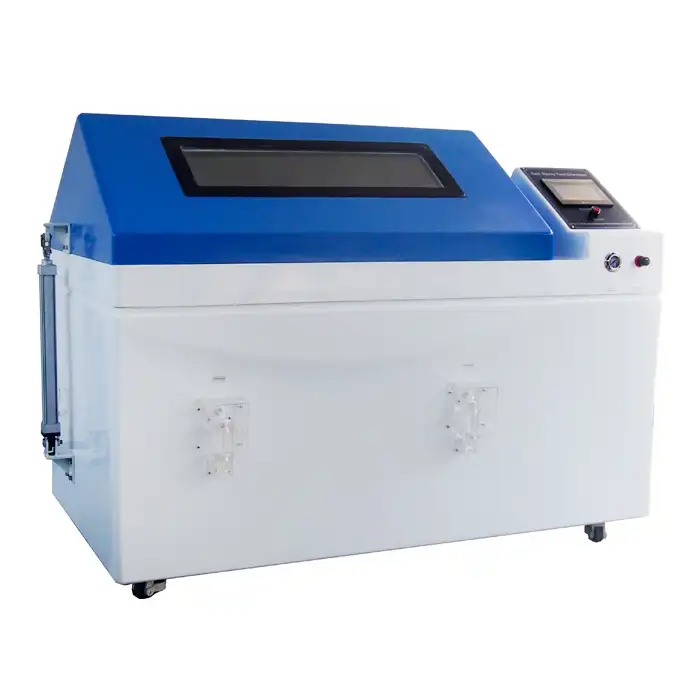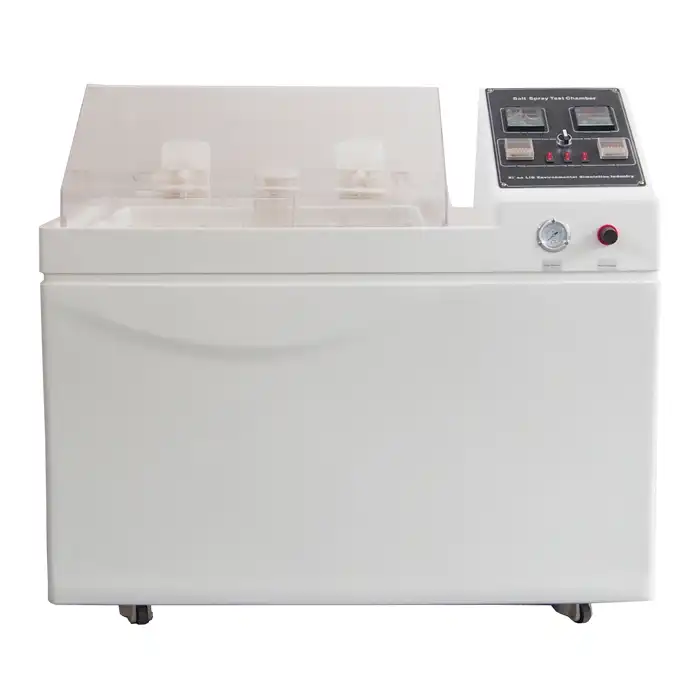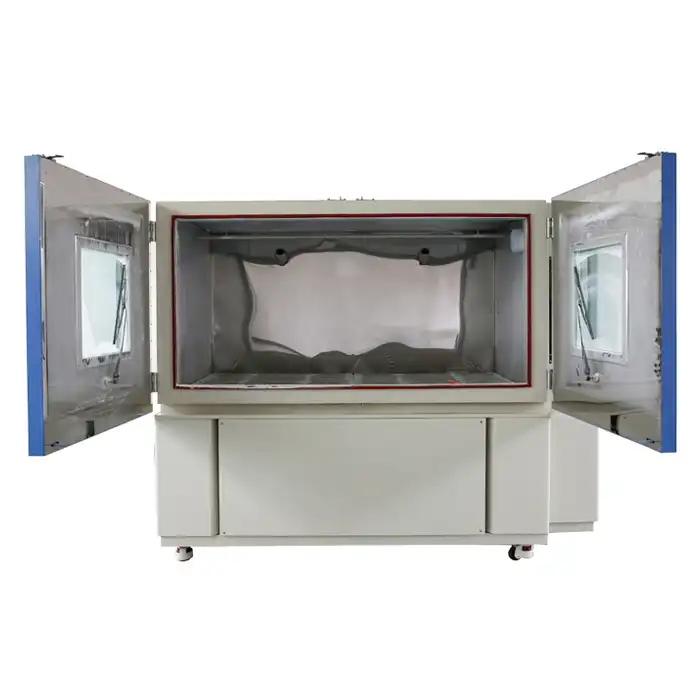How to choose the right environmental test chamber?
Environmental test chambers play a crucial role in product development, quality assurance, and research across various industries. These sophisticated devices simulate diverse environmental conditions to evaluate the performance, durability, and reliability of products under specific circumstances. Selecting the appropriate environmental test chamber for your needs can be a complex process, given the wide array of options available in the market. This comprehensive guide will walk you through the essential factors to consider when choosing an environmental test chamber, ensuring you make an informed decision that aligns with your testing requirements.
Understanding Your Testing Requirements
Before delving into the selection process, it's vital to have a clear understanding of your testing needs. This foundational step will guide your decision-making process and help you narrow down your options effectively.
Identifying Test Parameters
Start by clearly defining the specific environmental conditions your testing requires. Key parameters often include temperature, humidity, altitude, and vibration. Each material or product may necessitate unique testing environments, making it crucial to accurately identify these conditions. By thoroughly understanding these parameters, you can ensure that the test chamber selected will precisely replicate the necessary conditions, thereby yielding reliable and relevant test results.
Determining Test Duration
When determining the duration of your tests, it's important to consider the length of the testing cycles, which can range from a few hours to several weeks or even months. The duration directly impacts the environmental test chamber's requirements, particularly in terms of its reliability and ability to maintain consistent performance over extended periods. Ensuring the chamber can withstand long-term use without compromising accuracy or stability is crucial for obtaining valid and dependable results.
Assessing Sample Size and Quantity
When assessing sample size and quantity, it's essential to carefully evaluate the dimensions and number of samples you intend to test. This information is vital for selecting a chamber with the right size and capacity. The chamber must not only accommodate your largest samples but also ensure adequate air circulation around them to maintain consistent environmental conditions. Proper planning in this area helps avoid overcrowding, which could compromise the accuracy and reliability of your test results.
Key Features to Consider
Once you've established your testing requirements, focus on the specific features that will enable your environmental test chamber to meet those needs effectively.
Temperature and Humidity Control
When selecting environmental test chambers, prioritize those with precise temperature and humidity control features. Ensure that the range and accuracy of these controls match your specific testing requirements. Advanced models provide rapid temperature change rates and tight tolerance levels, essential for applications demanding stringent environmental conditions. These capabilities allow for more accurate simulations and reliable test results, making them crucial for achieving high-quality outcomes in your testing processes.
Chamber Size and Configuration
Select a size that meets your current testing needs while also allowing room for future growth. Evaluate the chamber’s interior configuration, including features like adjustable shelving and specialized mounting options. These elements provide flexibility, enabling the chamber to adapt to different test setups and accommodate various equipment or samples. Ensuring the chamber's size and configuration align with your future requirements will help maximize its utility and efficiency over time.
Control and Monitoring Systems
Choose one with user-friendly control interfaces and robust monitoring systems. Key features to look for include programmable test profiles, real-time data logging, and remote monitoring capabilities. These advanced functions enhance the accuracy of your tests and simplify the management of your testing processes. Comprehensive control and monitoring systems not only ensure precise conditions but also facilitate efficient operation and data analysis, contributing to more reliable and consistent testing outcomes.
Evaluating Chamber Performance and Reliability
The performance and reliability of your environmental test chamber are paramount to ensuring consistent and accurate test results over time.
Assessing Build Quality
When evaluating an environmental test chamber, thoroughly assess its construction materials and overall build quality. Opt for chambers made from corrosion-resistant materials for the interior, robust insulation to maintain stable conditions, and durable exterior finishes to withstand external wear. High-quality build attributes ensure the chamber’s longevity and stable performance, reducing maintenance needs and enhancing reliability over time. Investing in a well-constructed chamber will contribute to consistent test results and prolonged operational efficiency.
Analyzing Energy Efficiency
Consider the energy efficiency of the chamber, especially if you conduct long-duration tests. While energy-efficient models might have a higher initial cost, they can result in substantial savings on operational expenses over the long term. Look for chambers equipped with advanced insulation and efficient cooling systems, as these features help minimize energy consumption and operational costs. Investing in an energy-efficient chamber not only supports sustainable practices but also enhances overall cost-effectiveness and performance.
Reviewing Manufacturer Reputation and Support
Research the reputation of potential manufacturers. Look for companies with a track record of producing reliable environmental test chambers and providing excellent customer support. Consider factors such as warranty coverage, availability of spare parts, and access to technical assistance.
Conclusion
Choosing the right environmental test chamber is a critical decision that can significantly impact your testing capabilities and results. By thoroughly assessing your testing requirements, carefully evaluating key features, and considering the chamber's performance and reliability, you can select an environmental test chamber that meets your current needs and supports your future testing objectives.
For more information about our range of environmental test chambers and how they can meet your specific testing needs, please contact us at info@libtestchamber.com. Our team of experts is ready to assist you in finding the perfect solution for your environmental testing requirements.
References
1. Johnson, A. (2022). Environmental Testing: Principles and Applications in Product Development. Journal of Quality Assurance, 45(3), 210-225.
2. Smith, R., & Brown, L. (2021). Advancements in Environmental Test Chamber Technology. International Conference on Environmental Testing, 112-128.
3. Thompson, E. (2023). The Impact of Environmental Testing on Product Reliability. Quality Engineering Review, 18(2), 75-90.
4. Davis, M., & Wilson, K. (2022). Energy Efficiency in Environmental Test Chambers: A Comparative Study. Sustainable Engineering Solutions, 9(4), 301-315.
5. Chen, H., et al. (2021). Optimizing Environmental Test Chamber Selection for Aerospace Applications. Aerospace Testing International, 33(1), 42-56.
6. Rodriguez, S. (2023). The Role of Environmental Testing in Electronics Manufacturing. Journal of Electronic Materials, 52(5), 623-638.



